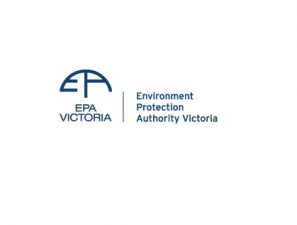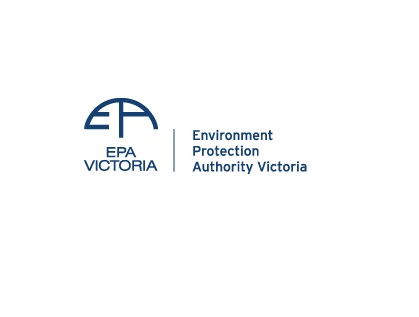 An innovative, voluntary checklist from Environment Protection Authority Victoria (EPA) that had hundreds of service stations improving the safety of their underground fuel tanks in 2015 is about to return, along with a special survey of 1400 stations across Victoria.
An innovative, voluntary checklist from Environment Protection Authority Victoria (EPA) that had hundreds of service stations improving the safety of their underground fuel tanks in 2015 is about to return, along with a special survey of 1400 stations across Victoria.
EPA’s 2015 program for underground petroleum storage systems (UPSS) approached service station operators with a voluntary Monitoring for Leaks checklist and survey that allowed them to check their own compliance with environmental regulations. Ninety percent responded and more than 200 committed to making improvements.
EPA Executive Director – Practice & Assurance, Chris Webb, said this year’s repeat of the survey will help service station operators to reduce their risk of causing pollution and health hazards that go with leaking underground petrol tanks.
“We had great results in 2015, and EPA is now going back to the same 1400 service stations with a survey that will measure how well the safety improvements have lasted, and to keep the good work going,” Mr Webb said.
“Underground fuel tanks have been a common source of land and groundwater contamination, and service stations have received a lot of fines and official clean-up notices over the years. The voluntary checklist was a new approach, equipping them to assess their own procedures and equipment for leak prevention, and take action to fix the problems well before pollution occurs, and before EPA’s inspectors show up. Service station operators liked this approach because it allowed them to save money and avoid the brand damage of being responsible for pollution,” he said.
“While EPA can still use fines where there is negligence or a wilful breach of regulations, the voluntary approach is doing more for the environment and public safety than fines alone can achieve. At the end of the day EPA would much rather prevent problems than fine businesses.”
“The operators’ self-assessment in 2015 showed the most common problems were in leak detection, site sensitivity assessments and groundwater monitoring, while EPA’s follow up inspections found record keeping was another area needing attention,” Mr Webb said.
This year’s follow up checklist from EPA will determine how performance across the industry has improved and how well service station operators have maintained the commitments they made in 2015. The checklist also seeks to assess one of the project’s new tools, the UPSS Flipchart.
“The UPSS Flipchart is an easy-to-follow guide with safety checklists, emergency contacts, technical and maintenance information, procedures for dealing with spills and leaks, and guidance on operators’ legal requirements,” he said.
“The Flipchart went out to service stations a few months ago, and gives the operators advice and help in preventing leaks, contamination and fuel loss, often with comparatively simple actions that fit easily into their daily routine.”
Following close behind the UPSS Flipchart, this year’s Monitoring for Leaks checklist will be sent out to service stations shortly. Operators can see the results of the 2015 survey and find lots of useful advice on EPA’s website www.epa.vic.gov.au/upss.
The level of industry participation in the follow-up activities since the program began in 2015 confirms the importance the industry places on working with EPA, and achieving responsible environmental outcomes.
“EPA commends everyone in the industry for their great cooperation, which has helped to achieve a lot more than could have been done with just conventional inspections, and we are looking forward to a strong response rate when this year’s checklist arrives by post and email in the coming weeks,” Mr Webb said.

